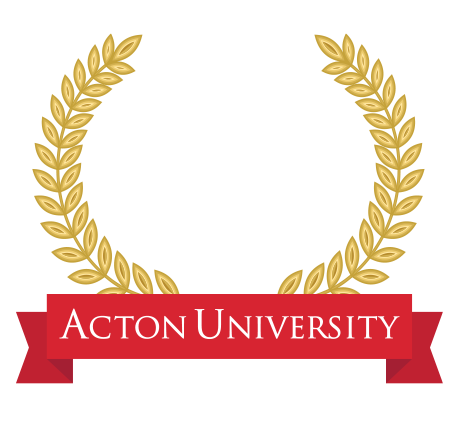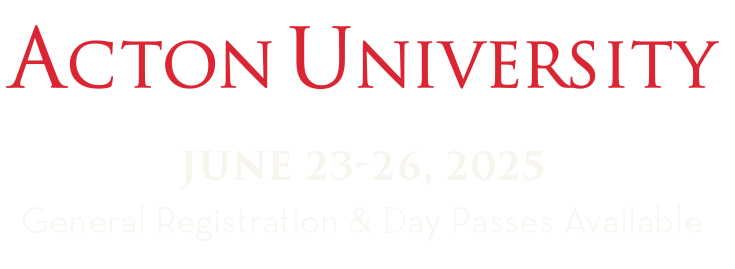Dinesh D’Souza’s Illiberal Education has stirred a hornet’s nest of controversy in the academy for good reason – it is the only book-length attack on the policies that are in vogue at many of this country’s most distinguished academic institutions. The considerable press coverage this book has received indicates that D’Souza says something that badly needs saying and says it well.
There are several disturbing practices and trends at the modern university that D’Souza powerfully describes and critiques: affirmative action policies that mis-match certain minorities with their university that virtually guarantee the future of these students; the emphasis on “multi-culturalism,” which does not advocate cultural pluralism but rather denigrates anything deemed inherently western; the search for black role models to such an extent as to attribute the origin of Greek’s cultural legacy to black Africa; the forbidding of free speech that is not “politically correct”; and the perpetual onslaught against moral and cultural values associated with the west under the guise of impartiality to differing points of view.
D’Souza’s book highlights the danger of and hypocrisy involved in all of these problem areas. Thoroughly researched and meticulously footnoted, Illiberal Education provides chapter-length case studies of each problem by examining their effects at the University of California at Berkeley, Stanford, Howard, the University of Michigan, Duke and Harvard.
At Berkeley, for instance, credentials that would guarantee a black’s admission would give an Asian applicant only a five percent chance of being admitted. “Merit is no longer the predominant factor in admissions,” noted a university official. This policy is intended for the public perception of the university rather than for the well being of the students admitted on the basis of affirmative action, who drop out at the staggering rate of about eighty percent. A Berkeley official who justified affirmative action on the grounds that it benefits the disadvantaged justified the high drop out rate among affirmative action students with this telling remark: “Maybe it’s good for them to go off and have their mid-life crisis at 18 or 19.”
The situation at Stanford which is equally acute, manifests itself in the area of curriculum. Maintaining the appearance of offering a curriculum that incorporates western and non-western classics, the non-western works that now substitute for such western classics as John Locke’s Second Treatise on Civil Government are usually left-wing tracts rather than classics from another culture.
The phenomenon that has gotten the most attention is what D’Souza describes as “the new censorship.” Many colleges and universities have adopted policies that are intended to eliminate bigotry by preventing its expression with a “politically correct” agenda. The result, however, is the stifling of discussion on any topic considered sensitive. As a Georgetown law student recently discovered, even bringing facts to light that are uncomfortable for a ‘protected’ group is considered grounds for discipline. (In the Georgetown case, the administration threatened to withhold the student’s diploma, for disingenuous reasons, after he compared the average black and white LSAT score in the school newspaper.)
Most distressing is that in the name of pluralism and equal opportunity, many of the most promising minority students are being divided from the rest of the student population. The message they often learn in the university is not that hard work and diligence can overcome barriers, but that any failure on their part is due to the racism inherent in a corrupt society. Integration, the once-proud goal of the civil rights movement, is depicted by the students and administration alike as selling out one’s cultural heritage. At some universities segregated dormitories, which were considered intolerable only twenty years ago, are now considered fashionable.
True, not all universities and colleges have these problems in the dimensions that D’Souza describes. But to the extent these policies exist, the brotherhood that had been the goal of the civil rights movement is in jeopardy of being buried under the short-sighted vision of those students who demand privileges and those in the administration who appease them.






